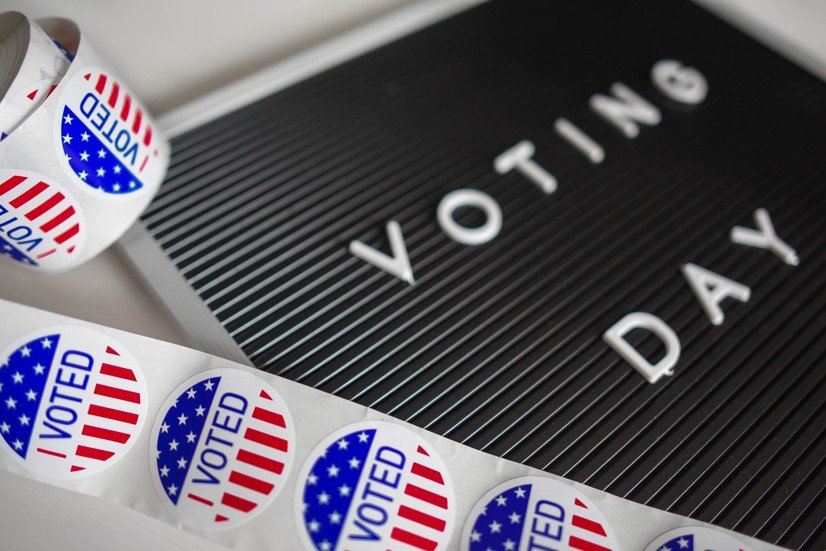Home Primary Election Timelines General Election Timelines Electoral Process Timelines Voter Registration Timelines
Election Timeline: A Look at Campaign Events and Rallies
Category : Campaign Period Timelines | Sub Category : Campaign Events and Rallies Posted on 2023-07-07 21:24:53

Election Timeline: A Look at Campaign Events and Rallies
Introduction:
As Election Day approaches, campaigns are trying to get the attention of voters. Candidates use campaign events and rallies as one of their key strategies. These events are used to connect candidates with voters directly, share their vision, and garner public enthusiasm. We will look at campaign events and rallies in a more in depth way in this post.
A strategy to connect with voters is the focus of the campaign events.
Candidates engage with voters on a personal level at campaign events. Town hall meetings, Q&A sessions, community forums, and small-group discussions are some of the forms of these events. The overarching goal is to establish a face-to-face connection between the candidate and the electorate, allowing candidates to convey their message while addressing concerns and questions directly.
Candidates often give speeches outlining their policies and ideologies. They may also highlight their accomplishments and share personal stories to create a believable image. Candidates can understand the needs and concerns of voters in real-time when they attend these events.
The power of riles is revitalizing the campaign.
Rallies are high-energy events designed to get people to vote. They aim to create a sense of unity and shared purpose by involving large crowds of supporters. Candidates can demonstrate their appeal and command popular support by wearing sallies.
Candidates deliver speeches to motivate and inspire their audience. Candidates seek to rally support and encourage voters to take action by setting the tone of the campaign and by their vision for the future. Rallies can create a sense of excitement that propels candidates forward, attracting media attention and influencing the election narrative.
The election has a lot of events and rallies.
The election timeline is shaped by campaign events and rallies. They give candidates opportunities to engage with voters, build name recognition, and establish a personal connection. These events act as powerful platforms for candidates to share their policy proposals, address concerns, and emphasize their strengths, ultimately helping them to differentiate themselves from their competitors.
Candidates can use events and rallies to target specific demographic areas. Candidates can tailor their message to the voters' concerns by organizing events in swing states. This approach can be used to win critical support and ultimately win the war.
Conclusion
The election timeline includes campaign events and rallies. They allow candidates to connect with voters and get the public excited. By understanding the importance of these events and their role in shaping the overall narrative of the campaign, we can appreciate the efforts made by candidates to win over the hearts and minds of the electorate. It is important that we engage with these events, participate in the democratic process, and make informed decisions when casting our ballots.
Leave a Comment:
SEARCH
Recent News
- A Timeline of Vancouver Business Elections
- The UK government has implemented a series of business support programs to assist companies during the election period. These initiatives aim to provide financial assistance, guidance, and resources to help businesses navigate the uncertainties that can arise during this time.
- The UK export and import rules have been a topic of discussion leading up to the upcoming election. Understanding the timeline of these rules is crucial for businesses and individuals involved in international trade. Here, we delve into the key points regarding the UK export and import rules and how they might be impacted by the election.
- Turkmenistan Election Timeline and Visa Requirements
- Election Timeline and Turkish Visa Regulations
- Navigating the Election Timeline for Turkish Residency
- A Recap of the Tunisian Election Timeline: Stay Up-to-Date with the Latest News
- ## The Evolution of Election Timelines: Trends to Watch
READ MORE
2 weeks ago Category : electiontimeline

A Timeline of Vancouver Business Elections
Read More →2 weeks ago Category : electiontimeline

The UK government has implemented a series of business support programs to assist companies during the election period. These initiatives aim to provide financial assistance, guidance, and resources to help businesses navigate the uncertainties that can arise during this time.
Read More →2 weeks ago Category : electiontimeline

The UK export and import rules have been a topic of discussion leading up to the upcoming election. Understanding the timeline of these rules is crucial for businesses and individuals involved in international trade. Here, we delve into the key points regarding the UK export and import rules and how they might be impacted by the election.
Read More →2 weeks ago Category : electiontimeline
